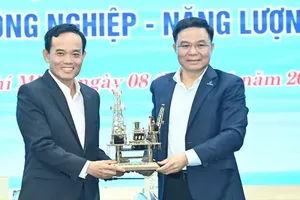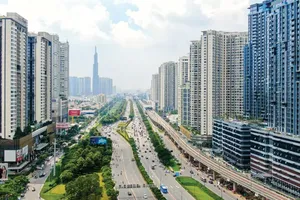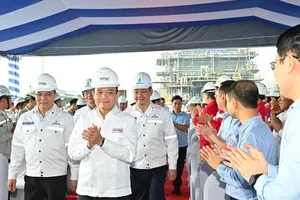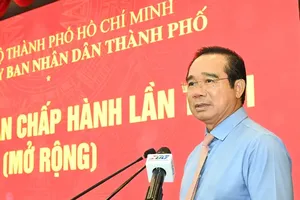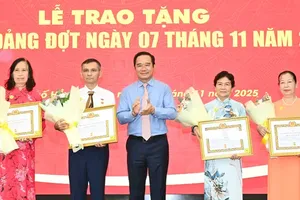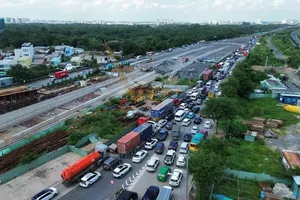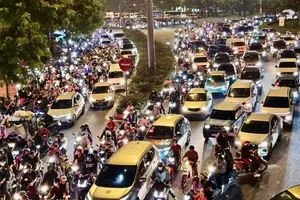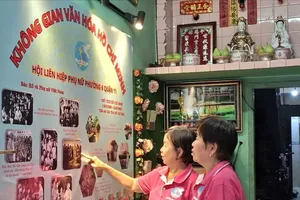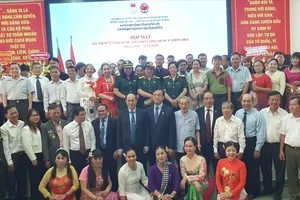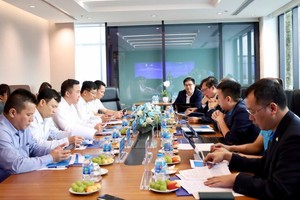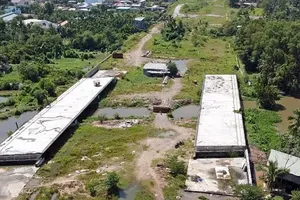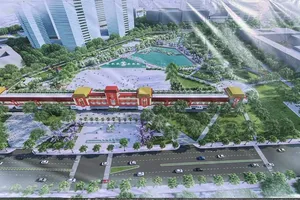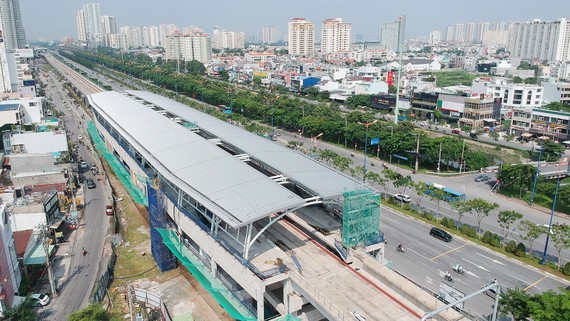
The problem of creating and capitalizing on a land fund most effectively when forming a new transportation axis has always been an issue for HCMC officials.
The government in 2009 introduced the Law on Urban Planning stating that clearance for roads must be accompanied by clearance of land funds on both sides for bidding. The aim was to recover investment capital and make profits to serve the community, said former Director of HCMC Urban Planning Institute Hoang Minh Tri. This part of the law was introduced in response to an incident where several areas around Dien Bien Phu Street and National Route 22 got resettled twice, thus the residents there received double the compensation. Mr. Tri explained that it was not fair for citizens who paid taxes and contributed to the state budget, and city planners must set clear boundaries for land funds during the zoning process.
On the other hand, President of HCMC Real Estate Association (HOREA) stresses the important role of land fund development centers. The Vietnam Land Law 2003 mentioned these types of entity, and their roles were defined with Land Law 2013. Its purpose is to support the government in giving fair compensation for people and profit from the huge land rent addition.
In reality, private businesses always earn more from compensation when acquiring land compared to the government. If the land development centers fulfill their role as required by law, compensation for all types of real estate projects will be at the same price. The land can be bid at market price and the difference in land rent will be paid into state budget.
Land fund development centers must be public-utility units or non-profit organizations with a capital of at least VND500 billion (about US$21.5 million), but it must have the same operational system as a private enterprise to ensure timely payment for citizens.
HCMC recently set up a working group to propose investment policies for the land fund along metro lines in order to increase budget capital. This shows that authorities have begun to address long-term problems regarding the land around metro lines, not just the metro system itself, said Nguyen Vu Bao Hoang, General Director of Thuduchouse, a real estate company.
In developed countries, metro stations are all possible locations to develop different types of real estate projects, especially commercial centers in the area within 500m of the main terminal.
The city should also have plans to capitalize on the land fund along arterial roads, since they have huge potential for rapid urban development. Hoang also put focus on building parking areas, which is an underrated utility that can determine the success of any commercial area.
Luu Thi Thanh Mau, General Director of Phuc Khang Corp, another highly acclaimed business in the field, shared the same idea. She added that the benefit of the investors, the city and the people must be held to the same regard.
In addition to land usage and transportation infrastructures when planning a metro terminal, the conservation of urban architectural space, exploitation of green space, water, and upgrade on existing residential housing should be paid attention to when restructuring surrounding area.
People who benefit from good business and raised house prices thanks to the introduction of new roads and the metro lines should contribute to the city to reinvest in infrastructure and urban redevelopment along arterial roads, she added.
